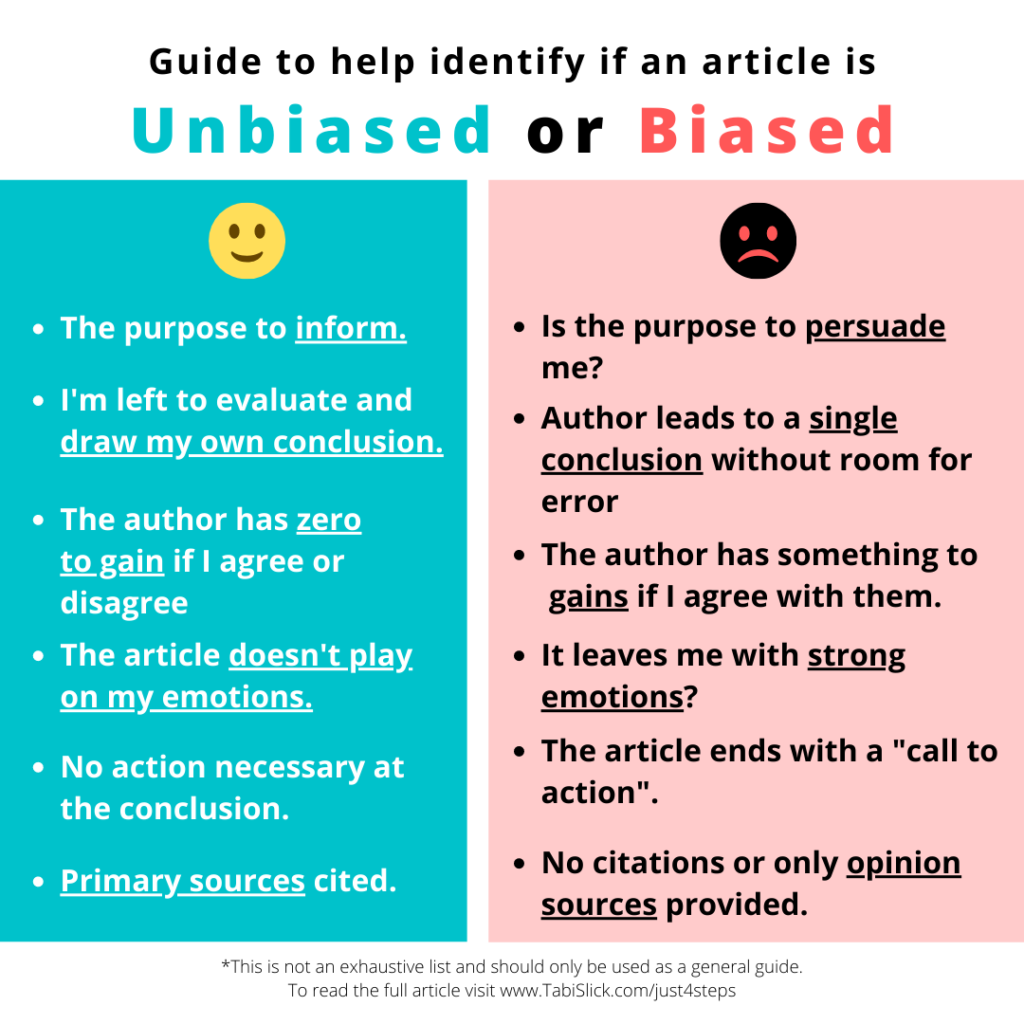In these difficult times, misinformation has become a villain. It’s been dressing up partial truths and opinions making them look like facts and spreading them around like wildfire all across social media.
It’s become too big for just one person and so instead of trying to put out all the little fires on my own, I want to share 4 steps I use in evaluating websites I use in my research for my books that I believe can help equip us to recognize fake news and ensure what we’re reading and sharing doesn’t become part of the problem.

I can hear your skepticism now. “Isn’t she a fiction writer?” Yes, I am and my enthusiasm for telling stories is as strong as my passion for research. My approach to research proved valuable for me through college, and I continue to apply these strategies to all of my writing projects especially when I’m writing historical elements of a book.
For all of my projects, it’s important that I understand what is true so that I can write what is fiction. Having a good understanding of the facts that are validated by reputable sources is essential to my process.
But how can we determine if a source is valid so that we know what we’re sharing or liking or tweeting isn’t biased and misleading? I use these 4 steps in combination to figure this out.
1. Evaluate the site.
Just like in dating, we need to know what the website’s intentions with us are. There are many ways we can evaluate a site. Here are a few ways that help me figure out if a site is a valid source of information:
- Determine validity by finding out who is able to contribute to the site (e.g. Wikipedia isn’t valid because anyone can add content).
- Check the “about us” page and see if it clearly defines who the company is and its purpose.
- Assess the company’s qualifications on the topic and if they will gain something by you reading/sharing their content.
- Take a broad look at the content and see if it conflicts with the website’s purpose.
- Be wary of sites with a very narrow agenda and where the majority of the content is directed at a very specific target audience.*
Example of a site evaluation:
One of the many resources I used in my research for Timur’s Escape included Turkish-Cuisine.org because I needed to know what foods were commonly served during the 17th century in Istanbul, Turkey.
Using the checklist above, I determined it was a pretty decent source of information because:
- The site can’t be edited by just anyone on the internet.
- The about us clearly defines its purpose as supporting the preservation of Turkish culture and heritage.
- The Turkish Cultural Foundation is a nonprofit and doesn’t gain any monetary value by me reading their content.
- The content is consistent with its purpose.
- It has a broad audience and not specifically targeting groups of people.
*Websites have (and ofter do) target consumers by creating a ‘target audience”. Think of a target audience like an example person. When a website chooses its content and keywords it chooses them based on specific keywords that this example person is likely to type into Google (a.k.a. Search Engine Optimization or ‘SEO’). To put it simply, websites try to optimize their keywords so that their articles appear first in the search results and make it easier for people who agree with their content or fit their target audience to find them.
2. Question the content.
Anecdotal blogs, though interesting, shouldn’t be your primary source of information. But with all the articles out there it’s hard to tell the difference between an opinion piece and the unbiased truth.
If you skip everything else, make sure you’re not just questioning everything, but that you’re asking the right questions in order to determine if the article is biased. Here are some questions you can ask yourself while reading an article that can help clear this up:
- Is the content trying to inform me or persuade me?
- Does the author lead me to a single conclusion without any caveats or room for error?
- Will the author gain anything if I agree with their conclusion?
- Is the article manipulating me into feeling strong emotions?
- Does the article end with a “call to action“?
- Has the author cited their sources and are primary sources* being used?
*Primary sources provide firsthand information as close to the subject as possible (e.g. a 911 operator reporting the number of calls received about burglaries). Secondary sources are summaries and are usually secondhand information containing material one or several steps removed from the subject. Secondary sources aren’t entirely bad, primary sources are just more reliable.
*If the article is a tertiary source where the citations only include opinion pieces based on secondhand information it’s best to throw it out with the bathwater and seek out primary sources.
3. Fact-check it.
We all have our favorite news and media outlets, but it’s our duty to ensure what we’re absorbing is actually the truth. We shouldn’t just trust what we like blindly, we must be smart and take the time to check the facts. Here are a few sites that are independent, nonprofit, AND non-partisan that provide this ability:
There are plenty of other sites out there that are more well-known for fact-checking, like Snopes and Politifact that are also non-partisan, but these sites are for-profit and I wanted to provide a few, possibly lesser-known, nonprofits when it comes to checking news related facts.
4. Cross-reference the information.
Though this is part of fact-checking, it’s important not to just rely on fact-checking websites. We need to be able to find other valid, non-biased sources and do our own comparison. Just like we encourage the younger generation to do their own homework, we must continue to take our own advice.
Here are a few places where you can find valid sources related to the information you’re looking to compare:
- Search online scholarly databases such as DOAJ, Gale Databases*, or ProQuest*
- Look for articles related to the subject on these non-partisan news outlets.
- Business Insider has a great infographic showing least and most biased news organizations you can check out here.
- If all else fails, do a google search and repeat steps 1-3 to evaluate the site.
- There’s always an exception to the rule, but independent, non-profit, and non-partisan media outlets and organizations tend to be the best sources of non-biased information.
*Requires a subscription. Many public libraries have memberships and provide this service to library cardholders, but be sure to check with your local library.
This is by no means an exhaustive list or the only way to go about vetting a source. There are plenty of other strategies out there to help you identify misleading information, many of which can be found in the sources I’ve referenced at the bottom of this page. This is just the method I use and wanted to share them with you so that we can all watch out for biased posts on social media and be able to stop the spread of fake news and misinformation.

References:
Elite Editing. (2011). Finding Credible Sources Online. Retrieved from https://eliteediting.com/resources/where-to-find-credible-sources-for-your-research-paper/
Georgetown University Library. (2020). Evaluating Internet Content. Retrieved from https://www.library.georgetown.edu/tutorials/research-guides/evaluating-internet-content
Tacoma Community College. (2019). How to check for facts, bias, and fakes news. Retrieved from https://tacomacc.libguides.com/c.php?g=599051&p=4147190
UC Santa Cruz Library. (2020). Distinguish between Popular and Scholarly Journals. Retrieved from https://guides.library.ucsc.edu/distinguish-between-popular-and-scholarly-journals
University of Maryland. (2020). Is My Source Credible? Retrieved from https://sites.umgc.edu/library/libhow/credibility.cfm
Yale. (2020). Why Cite Sources in Your Academic Writing? Retrieved from https://poorvucenter.yale.edu/writing/using-sources/principles-citing-sources/why-cite
